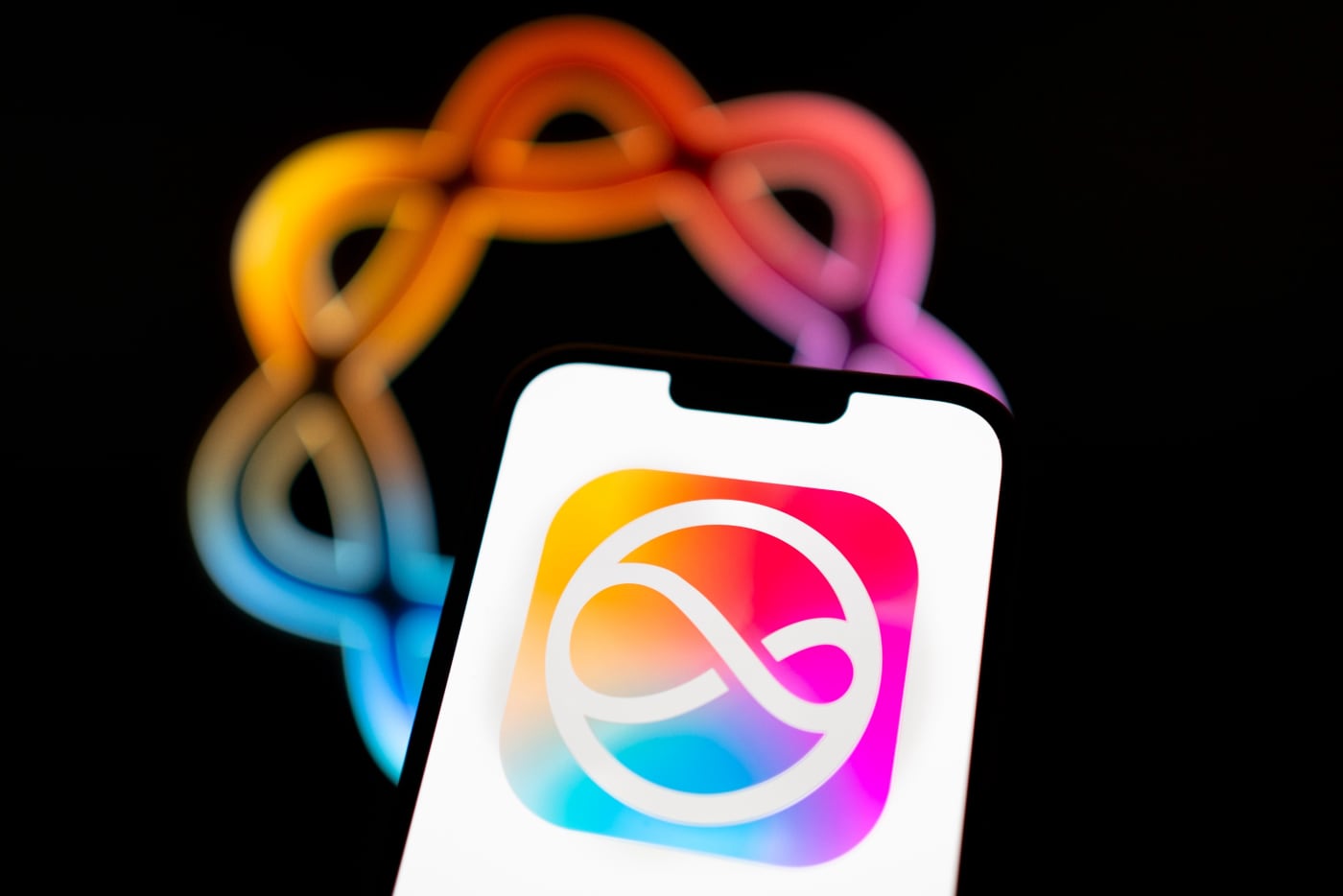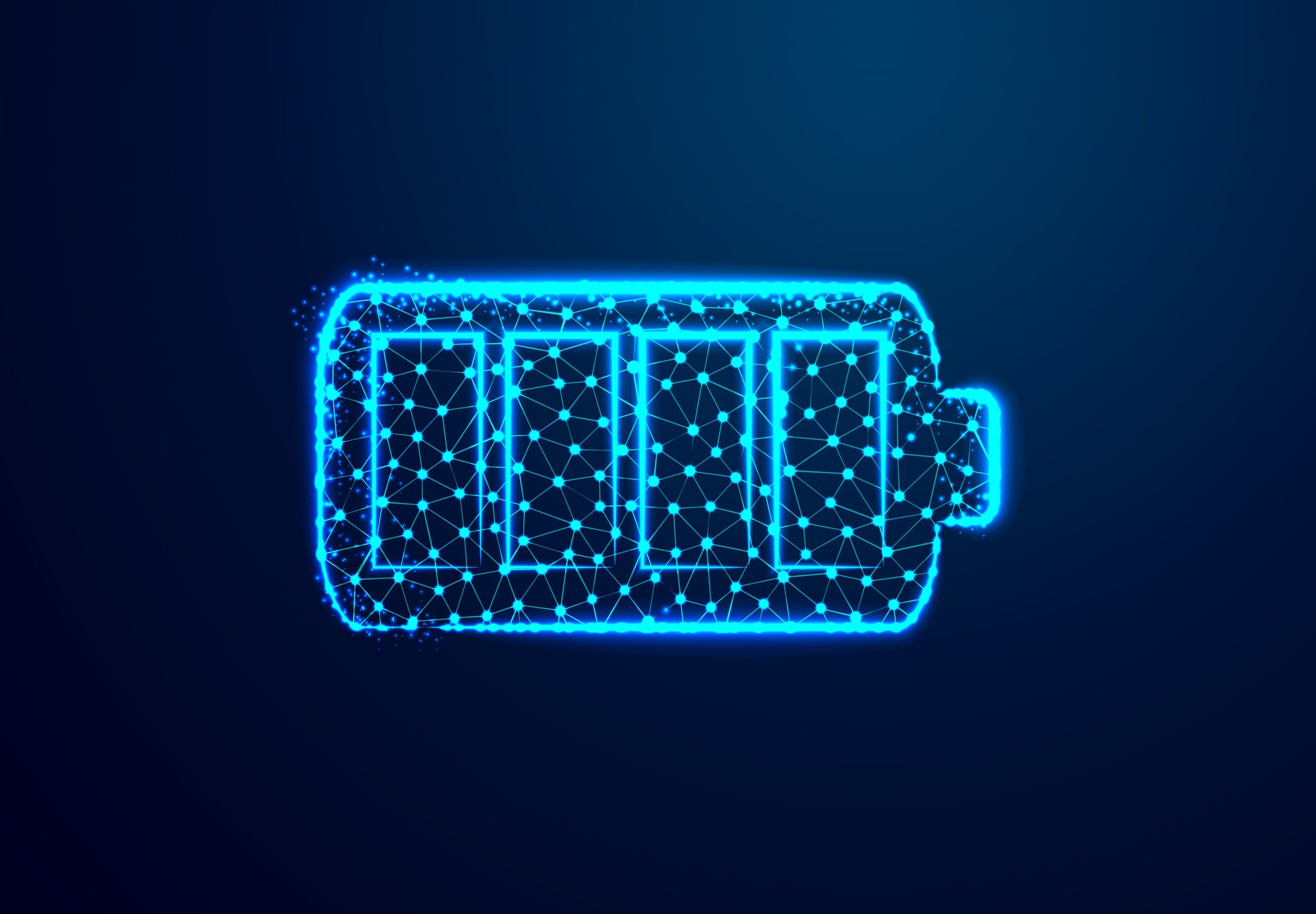NASA has created a new system that can expect a tsunami up to an hour. The observation method uses GPS data from various satellites to “listen” for the noise caused by these natural phenomena in the atmosphere.
they called him GUARDIAN: Abbreviation for GNSS for Upper Atmospheric Disaster Information and Warning. The system uses data from several constellations of GPS satellites and other guidance satellites orbiting the Earth. All of these groups are collectively known as Global Navigation Satellite Systems or GNSS.
“When it comes to early warning, every second counts,” the US space agency said in a statement. He said the project is being led by a team of scientists from NASA’s Jet Propulsion Laboratory. “This is a new method for detecting the deadliest waves in the ocean from the ends of the atmosphere.”
As NASA explained, during a tsunami, many square kilometers of the ocean surface can rise and fall almost simultaneously. This action displaces a significant amount of air above the head, which oscillates in all directions in the form low-frequency sound and gravitational waves. Within minutes, these waves reach the upper atmosphere and often distort satellite signals. And there is a key.
It is these distortions that will be used to save lives. “Instead of correcting it as a bug, we use it as data to look for natural hazards,” said Leo Martyr, a scientist at the GUARDIAN lab.
NASA system is one of the fastest to detect tsunamis
The new alert system is still in the testing phase. Near real time GUARDIAN results are yet to be interpreted by qualified experts to confirm that this is a possible tsunami. With all this, this NASA instrument is already one of the fastest in its class.
This NASA mechanism can produce after 10 minutes a kind of picture the thunder that tsunamis cause when they reach the ionosphere. This would give it the ability to issue an hour’s early warning, depending on the distance between the tsunami source and the coast.
GUARDIAN is focusing its testing on the most geologically active area of the Pacific Ring of Fire. In this area, about 78% of the more than 750 confirmed tsunamis occurred between 1900 and 2015.This is reported by the National Oceanic and Atmospheric Administration (NOAA). The system currently controls just over half of that region in the Pacific.
The team is also developing a website that will allow experts to explore the state of the ionosphere in near real time. The idea is to make available individual links from satellite stations in the GNSS network. Thus, users can access data from approximately 90 stations around the Pacific Ring of Fire.
The ultimate goal is to expand coverage and improve the system. NASA’s development is focused on making the system automatic for detecting tsunamis and other hazards such as volcanic eruptions and earthquakes.
Source: Hiper Textual














